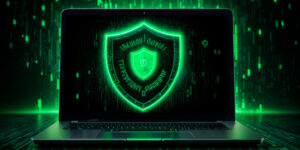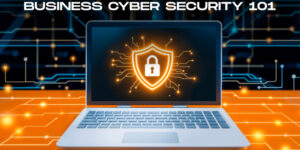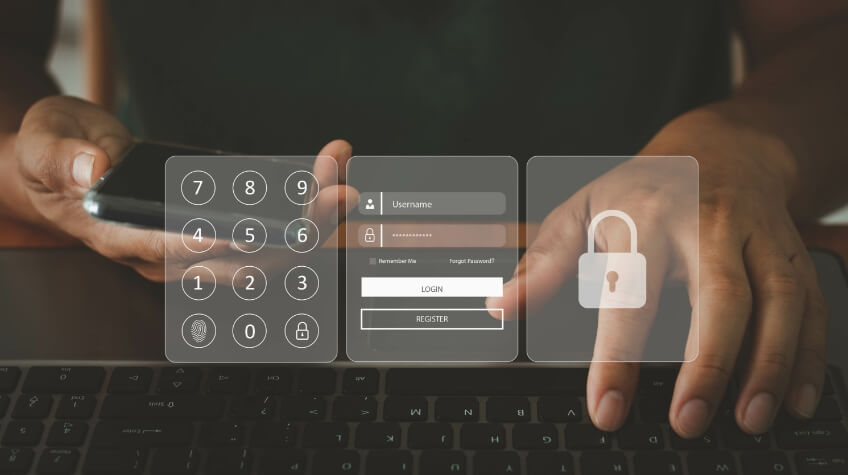
With the rise of technology, more companies are adopting digitalization to streamline their processes. However, the more they put their information out there, the more vulnerable they become to being the victims of cybercriminals. If they don’t secure business data, they might face cyber threats like malware and viruses that might result in loss of customers, damaged reputation, and higher financial penalties.
To avoid these consequences, you must ensure data protection by seeking professional support from Caltech’s cyber security services in San Antonio or similar companies. Doing so can help your business secure private information about your brand, employees, and customers.
This approach also enables you to maintain a good reputation in the market that will allow you to gain the trust of prospective clients and investors. Aside from that, you allow your workers to access necessary information, helping you boost their productivity levels.
So, here is a six-item list to keep your company’s sensitive information safe:
1. Monitoring Network Activity
With so many employees accessing sensitive information from their own devices and locations to perform business functions and tasks, monitoring network activity in real-time for anomalies that could signal an attack is essential. Regularly checking your network’s activity logs can help determine if anyone is downloading sensitive information without permission. For example, if someone accesses sensitive files from their home computer when they shouldn’t, this could indicate a problem with employee training practices.
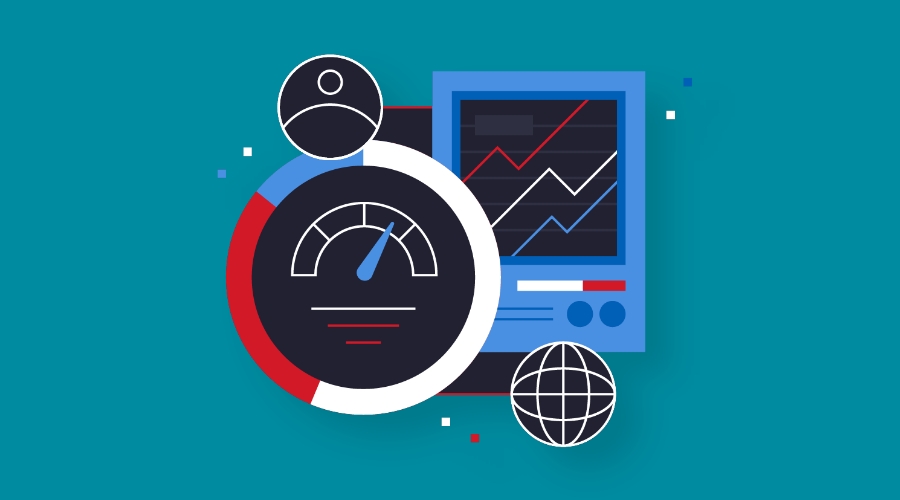
As you enable network activity tracking, it’s best to use a proxy server or network intrusion detection system (NIDS) to help monitor all traffic on your servers. After that, you must create a baseline of normal behavior and identify any deviation from that. This technique enables you to remember suspicious behavior, like when a user downloads sensitive files or sends them to external parties.
2. Restricting Access To Sensitive Data
Limiting access to confidential information is another way to protect your business data in case unauthorized users try to steal them. This strategy allows you to control what users can see on their screens or in reports. In turn, you can prevent other users from seeing sensitive data without authorization.
There are several ways to restrict access to sensitive data. One way is to put the data in a separate database and use a firewall to limit access to it. This method allows you to control who has access to specific information. Alternatively, you may add user roles that allow users access only to certain kinds of information depending on their job function within the company. This option ensures that departments can still access data when necessary for their tasks, which keeps the projects going while protecting your information.
Also See: How Is Your Data Safety Linked to Your Marketing Strategy?
3. Leveraging User Behavior Analytics
User behavior analytics helps identify abnormal behavior by analyzing data about how individuals interact with applications on your network. For example, if someone downloads files without authorization or logs into an application at odd times of the day or night on multiple devices at once, this could indicate an attacker trying to steal data or conduct reconnaissance against your organization.
You may leverage user behavior analytics to detect and block suspicious actions by users. For example, if an employee attempts to access sensitive data without permission or outside of regular business hours, this sign may indicate that their actions are malicious. Similarly, you may utilize this process to monitor malware and viruses on your network by identifying abnormal network traffic from infected devices. Doing so helps you in stopping cyberattacks before they have a chance to cause significant damage to your servers.
4. Encrypting Sensitive Documents
If a hacker steals a file, they can read it if it’s not encrypted. However, if you encrypt private documents, the encryption scrambles the data. Even if an intruder gets their hands on your laptop, they won’t be able to read your files unless they know the password. Instead of stealing confidential data, they’ll never be able to understand the content, helping you to secure company information.
When encrypting confidential files, you should use an encryption tool that supports robust encryption algorithms. Once you find the right technology, encrypt each document separately so you can control who has access to each file. Then, store encrypted files locally on your devices rather than in the cloud, where they might be vulnerable if a user gains access to your account credentials. Doing so ensures the confidentiality of your organization’s transactions.
5. Enabling Multi-Factor Authentication
Multi-factor authentication involves using more than one method to verify your identity when logging into an account. With this modern verification process, the system asks intruders for a password or a one-time pin via email or text message or requires them to answer a secret question as they attempt to log into accounts. If you enable this system, you prevent unauthorized users who might gain access to your username and password through phishing scams or keylogging software.
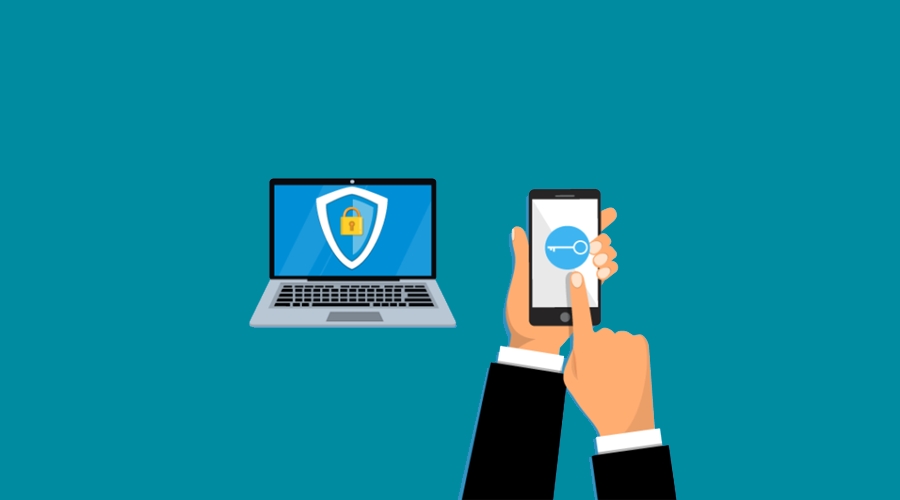
To ensure that authorized users can log in to your documents, you must assess if all devices support multi-factor authentication. This process requires users to enter a code from their phones before logging in rather than using a password alone. If you do allow password-only logins, require strong passwords that use a combination of letters and numbers. Also, ensure that all employees can open their company email accounts to get the security codes they need if they lose access to their phones.
6. Updating Software With Patches
Software patches are rolled out to fix security vulnerabilities and bugs in the code, making it harder for hackers to access your data. If you don’t update your apps, you could be putting your business at risk for malware attacks. On the other hand, regularly updating your software can protect you from malicious threats because you prevent cybercriminals from exploiting your latest servers.
As you update your software, back up all your devices regularly to minimize the damage if anything goes wrong during an update. Next, track what updates are available for each piece of software on your computer, and don’t forget to install them promptly once you check their availability. After that, run all updates automatically as soon as possible after the manufacturer releases them to ensure you’re using the latest version of your software.
Key Takeaway
As you run a modern company, you should always prioritize data protection to prevent cybercriminals from accessing your network. Therefore, you must consider following these six strategies to secure your business data. Doing so might help you avoid breaches that might damage your brand reputation and lose the trust of your customers.



